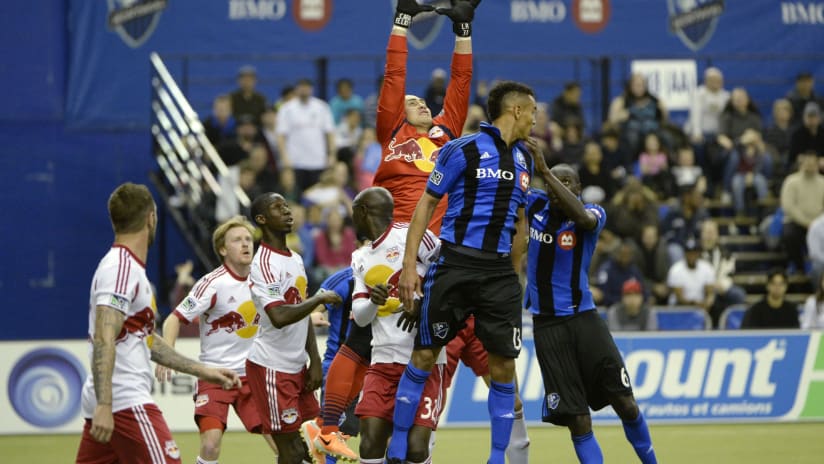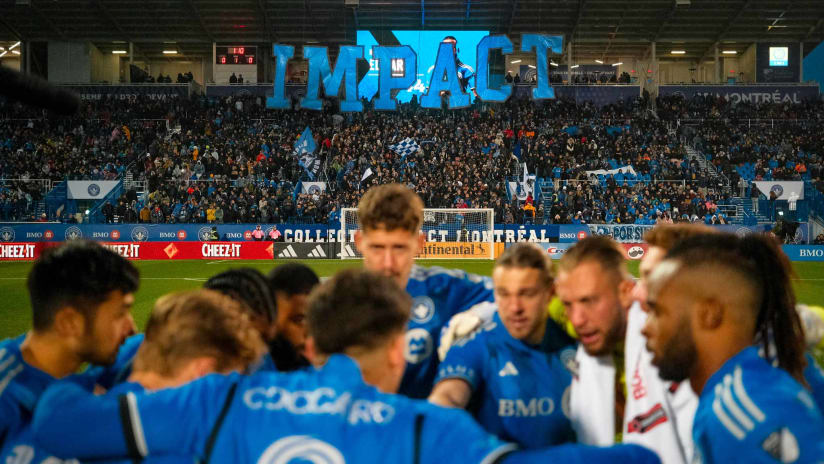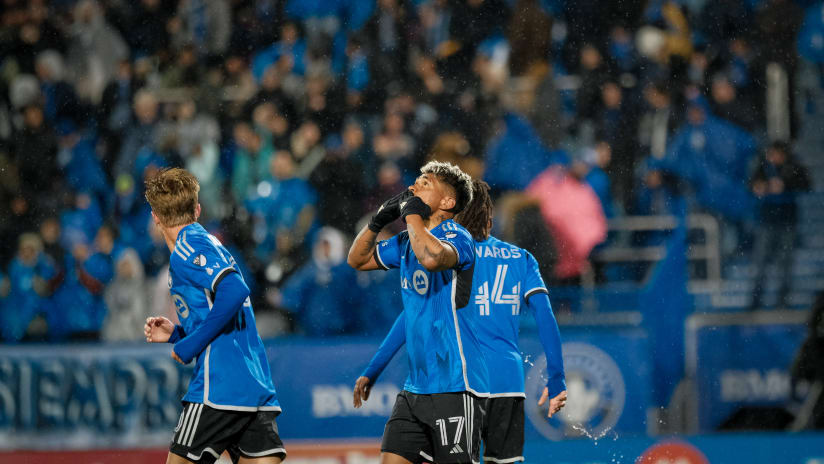Head coach: Mike Petke
Formation: 4-4-2
Last 5 results:
Loss: 3-1 @ Philadelphia Union (July 16)
Draw: 1-1 vs San Jose Earthquakes (July 19)
Draw: 1-1 @ Real Salt Lake (July 30)
Win: 2-1 vs New England Revolution (August 2)
Loss: 1-0 @ Chicago Fire (August 10)
Offensive Organization
The New York Red Bulls play a standard 4-4-2 formation with an attack led by two frontmen Bradley Wright-Phillips and Thierry Henry. The Red Bulls play more of a direct approach as they try to find one of the front two as quick as they can with balls played either into space or to their feet.
New York is a side that will decide to play short out of the back almost every time. When goalkeeper Luis Robles has the ball, both Red Bull center backs play wide and the full backs are high up the flank of the pitch. A center midfielder will drop in the central space between both center backs to provide another option to get out. Once a center back gets the ball, they look to play over-the-top down the line to a running wide midfielder or striker making the run.
Offensive Transition
New York’s transition from defence to offence consists of trying to reach their strikers as quickly as possible. After winning back possession, regardless where they are on the pitch, the player who recovers the ball looks long and sends ball. There were instances where it worked out well, others not as much.
A majority of transitions did not lead to anything as the ball was played too quickly before the strikers were ready. If they did end up reaching the ball before a defender, the rest of New York’s squad took too long to get up and forward.
However, there were times where ball played quickly up the pitch to a striker worked well. A New York counter attack led directly to their second and winning goal against the Revolution.
Defensive Organization
New York defends in 4-4-2 as well. For the most part, when every player is in place, their zonal defensive block is compact with all central passing lanes cut off by covering defenders.
The compactness of the block makes it very tough for the opposition to play through the middle. Often the opposition will look to play out wide. When that happens, the closest New York full back and wide midfielder goes out to pressure, while the rest of the defensive block shifts towards the ball.
Defensive Transition
New York has still work to do on its transition from offence to defence. Defensive transition occurs in the first seconds after losing possession of the ball. On August 2, New England’s goal was a result of a slow transition by the Red Bulls.





